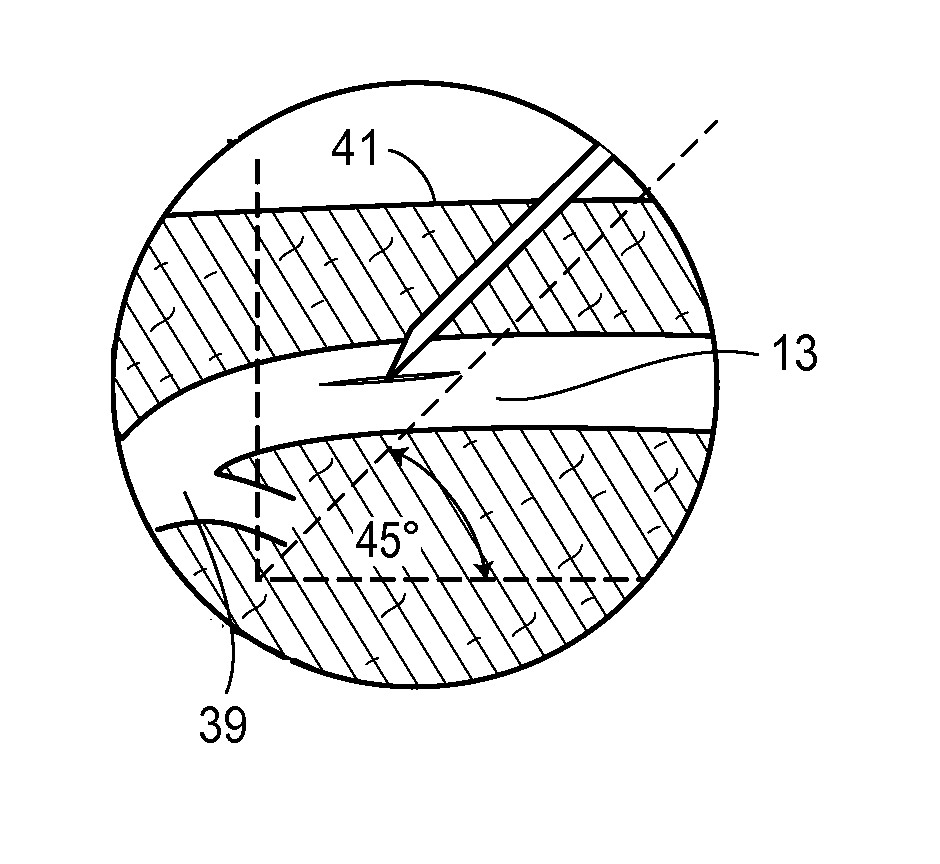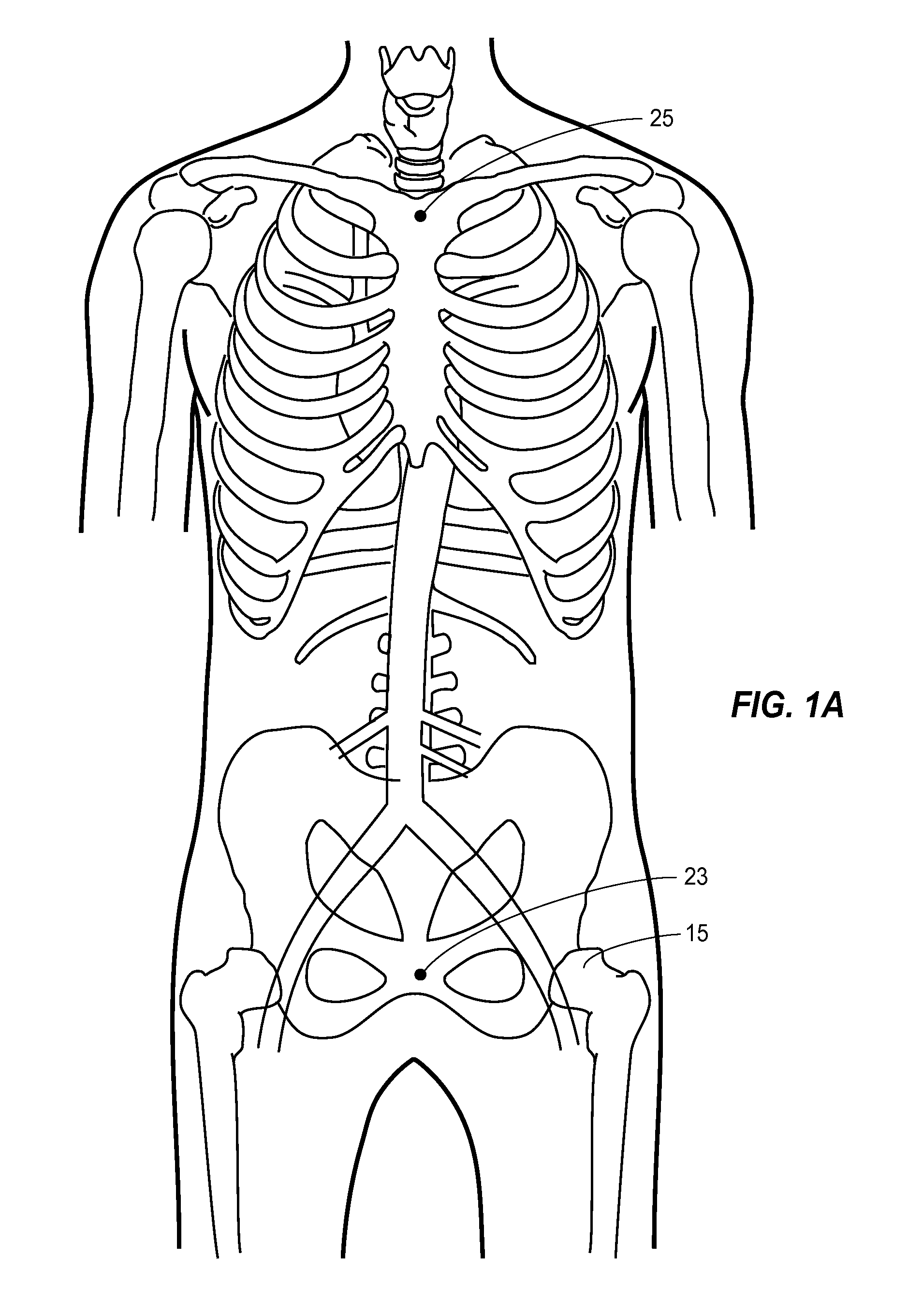Fluoroscopy-independent, endovascular aortic occlusion system
a vascular occlusion system and fluoroscopy technology, applied in the field of fluoroscopy, can solve the problems of cardiac arrest, mean the difference between life and death, difficult application of vascular clamps, etc., and achieve the effects of less invasive and viable, rapid measurement of external torso extent, and augmented heart and brain perfusion
- Summary
- Abstract
- Description
- Claims
- Application Information
AI Technical Summary
Benefits of technology
Problems solved by technology
Method used
Image
Examples
Embodiment Construction
[0042]A thoracic aortic occlusion system 10 of the present disclosure is illustrated in FIG. 6. This thoracic occlusion system 10, and method of using the same, employs correlation data extracted from a statistically reliable pool of human patients. As used herein, even reference numerals denote structural features of the thoracic aortic occlusion system 10, while odd reference numerals denote anatomic locations of a human. The system 10 relies upon this data to predict the arterial measurement of a normal torso arterial tree 11 from the femoral artery 13 at the level of the femoral head 15 to a level just below 21 the left subclavian artery 17 at the aortic arch 19 (or other relevant locations), each of which is illustrated in FIG. 1. Using this prediction model or nomogram, a trained medical professional can derive the distance to which a calibrated, self-centering endovascular wire 12 of the present disclosure should be advanced from the femoral artery 13 into the descending thor...
PUM
 Login to View More
Login to View More Abstract
Description
Claims
Application Information
 Login to View More
Login to View More - R&D
- Intellectual Property
- Life Sciences
- Materials
- Tech Scout
- Unparalleled Data Quality
- Higher Quality Content
- 60% Fewer Hallucinations
Browse by: Latest US Patents, China's latest patents, Technical Efficacy Thesaurus, Application Domain, Technology Topic, Popular Technical Reports.
© 2025 PatSnap. All rights reserved.Legal|Privacy policy|Modern Slavery Act Transparency Statement|Sitemap|About US| Contact US: help@patsnap.com



